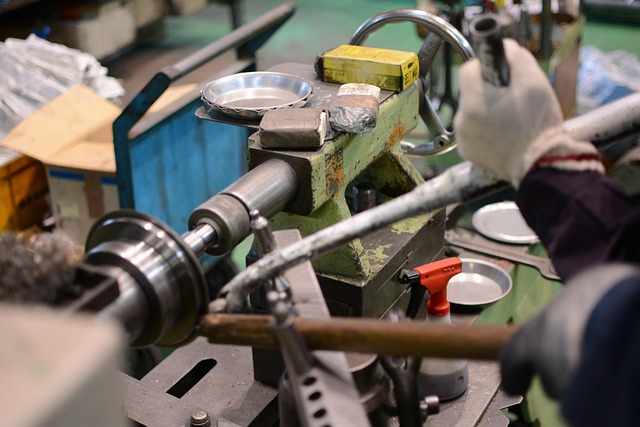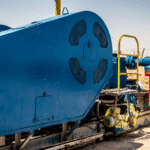In the world of metalworking and precision drilling, coolant pumps play a crucial role in ensuring efficiency, machine longevity, and high-quality output. Whether you’re running a small workshop or managing an industrial unit, the right coolant pump for your drilling machine can make a significant difference.
In this article, we’ll explore the key features, benefits, and maintenance tips for coolant pumps used in drilling machines.
What is a Coolant Pump?
A coolant pump is a device that circulates cutting fluids or coolants to the drilling area during operation. These fluids reduce friction and heat, helping to cool the tool and workpiece, flush away metal chips, and prevent wear or damage to the drill bit.
Check Also:- Coolant Pumps Provider in Ahmedabad
Key Features of Coolant Pumps for Drilling Machines
When choosing a coolant pump, it’s important to look at the following features:
1. Flow Rate and Pressure
A good coolant pump should deliver the right flow rate (usually measured in L/min or GPM) and pressure based on the type of drilling machine. Higher flow ensures better cooling and chip removal.
2. Durability and Build Quality
Coolant pumps are exposed to chemicals, metal chips, and high temperatures. A corrosion-resistant body, usually made from cast iron, stainless steel, or thermoplastic, ensures a longer life.
3. Compact Design
Most drilling machines have limited space. Compact coolant pumps are designed to fit easily without compromising on performance.
4. Thermal Protection
Built-in thermal protection prevents motor overheating and damage, especially during continuous operation.
5. Ease of Installation
Modern coolant pumps come with user-friendly designs that allow easy installation and integration with various types of drilling machines.
Benefits of Using a Coolant Pump
1. Enhanced Tool Life
By reducing heat and friction, coolant pumps significantly extend the life of drill bits and other cutting tools.
2. Improved Surface Finish
Coolant flow helps achieve a smoother surface finish on the workpiece by reducing tool vibration and ensuring consistent cutting.
3. Reduced Downtime
Efficient chip removal and cooling mean less downtime due to tool damage, overheating, or cleaning tasks.
4. Increased Production Efficiency
Coolant pumps allow for faster and more accurate drilling, increasing overall productivity in workshops or manufacturing lines.
5. Safety
Coolant pumps help in maintaining safe temperatures and reduce the risk of fire or machine damage due to overheating.
Maintenance Tips for Coolant Pumps
To ensure your coolant pump performs optimally and lasts longer, follow these maintenance tips:
1. Regular Cleaning
Metal chips and debris can clog the pump or reduce flow. Clean filters, nozzles, and tanks regularly to avoid blockage.
2. Monitor Coolant Levels
Low coolant levels can damage the pump and reduce performance. Always maintain the recommended coolant levels in the reservoir.
3. Check for Leaks
Inspect all connections, hoses, and seals for leaks. Replace worn-out parts immediately to avoid further damage.
4. Lubricate Moving Parts
Some pumps may require lubrication of bearings or shafts. Check the manufacturer’s guidelines and apply lubricant as needed.
5. Use the Right Coolant
Always use coolant that is compatible with your material, machine, and pump. Avoid using contaminated or expired fluids.
Conclusion
Investing in a high-quality coolant pump for your drilling machine is not just a choice, but a necessity for modern machining environments. From increasing productivity and precision to extending tool life, coolant pumps deliver unmatched value.
With proper selection, installation, and regular maintenance, you can ensure optimal drilling performance and a longer service life for both your tools and machinery.



